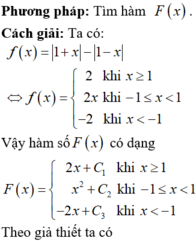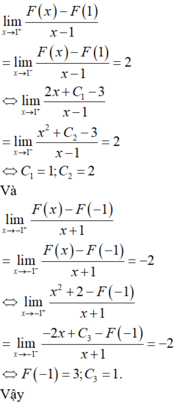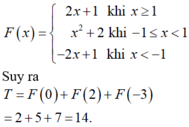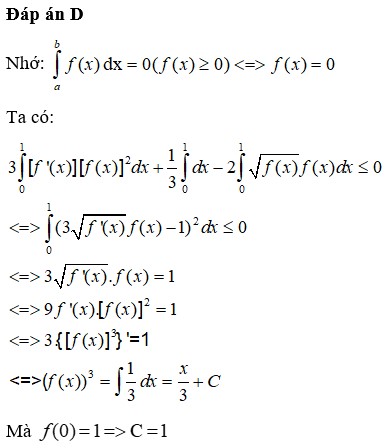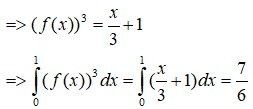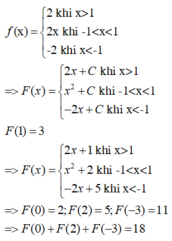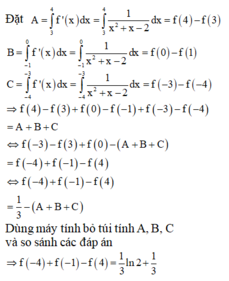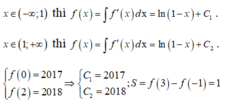Cho f(x) = \(\dfrac{1}{x-1}\) thỏa F(0)=2, F(2)=3. Tính F(3)+F(-3)
Hãy nhập câu hỏi của bạn vào đây, nếu là tài khoản VIP, bạn sẽ được ưu tiên trả lời.

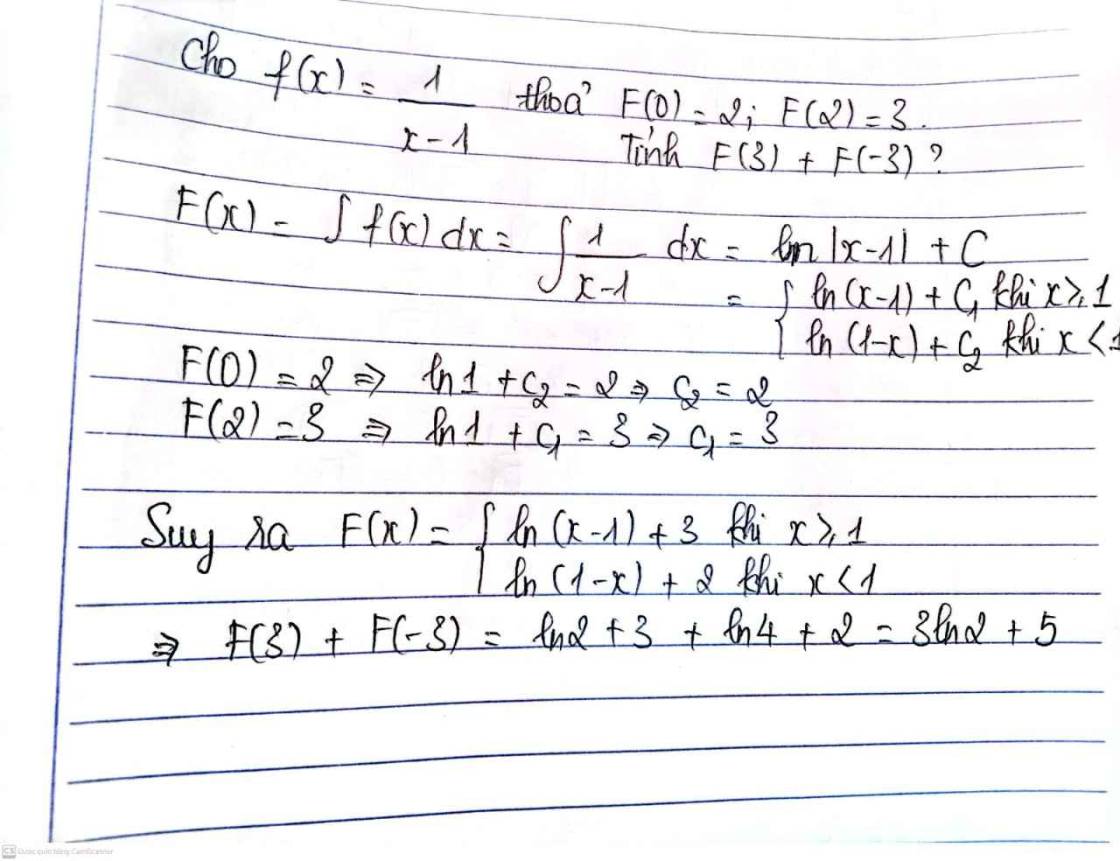

c: Ở hai hàm số trên, nếu lấy biến x cùng một giá trị thì f(x) sẽ nhỏ hơn g(x) 3 đơn vị

Câu 1:
a)
| \(y=f\left(x\right)=2x^2\) | -5 | -3 | 0 | 3 | 5 |
| f(x) | 50 | 18 | 0 | 18 | 50 |
b) Ta có: f(x)=8
\(\Leftrightarrow2x^2=8\)
\(\Leftrightarrow x^2=4\)
hay \(x\in\left\{2;-2\right\}\)
Vậy: Để f(x)=8 thì \(x\in\left\{2;-2\right\}\)
Ta có: \(f\left(x\right)=6-4\sqrt{2}\)
\(\Leftrightarrow2x^2=6-4\sqrt{2}\)
\(\Leftrightarrow x^2=3-2\sqrt{2}\)
\(\Leftrightarrow x=\sqrt{3-2\sqrt{2}}\)
hay \(x=\sqrt{2}-1\)
Vậy: Để \(f\left(x\right)=6-4\sqrt{2}\) thì \(x=\sqrt{2}-1\)

a) Cho hàm số y = f(x) = -2x + 3.
Ta có: f(-2)= -2.(-2)+3
= 4+3=7
Ta có: f(0)= -2.0+3
= 0+3=3
Ta có: f(\(\dfrac{-1}{2}\))= -2.(-\(\dfrac{1}{2}\))+3
=\(\dfrac{-2.\left(-1\right)}{2}\)+3
=\(\dfrac{2}{2}\)+3
= 1+3= 4
Vậy f(-2)=7;f(0)=3;f( \(\dfrac{-1}{2}\))=4
b) Cho hàm số y = f(x) = -2x + 3
mà f(x)=5
Suy ra: f(x) = -2x + 3=5
hay -2x + 3=5
-2x=5-3
-2x=2
x=2:(-2)
x= -1
Cho hàm số y = f(x) = -2x + 3
mà f(x)=1
Suy ra: f(x) = -2x + 3=1
hay -2x + 3=1
-2x=1-3
-2x= -2
x= -2:(-2)
x=1
Vậy f(x)=5 thì x= -1 và f(x) = 1 thì x=1.
Lời giải:
a.
$f(-2)=(-2)(-2)+3=7$
$f(0)=(-2).0+3=3$
$f(\frac{-1}{2})=(-2).\frac{-1}{2}+3=4$
b.
$f(x)=-2x+3=5$
$\Rightarrow -2x=2$
$\Rightarrow x=-1$
$f(x)=-2x+3=1$
$\Rightarrow -2x=1-3=-2$
$\Rightarrow x=1$
